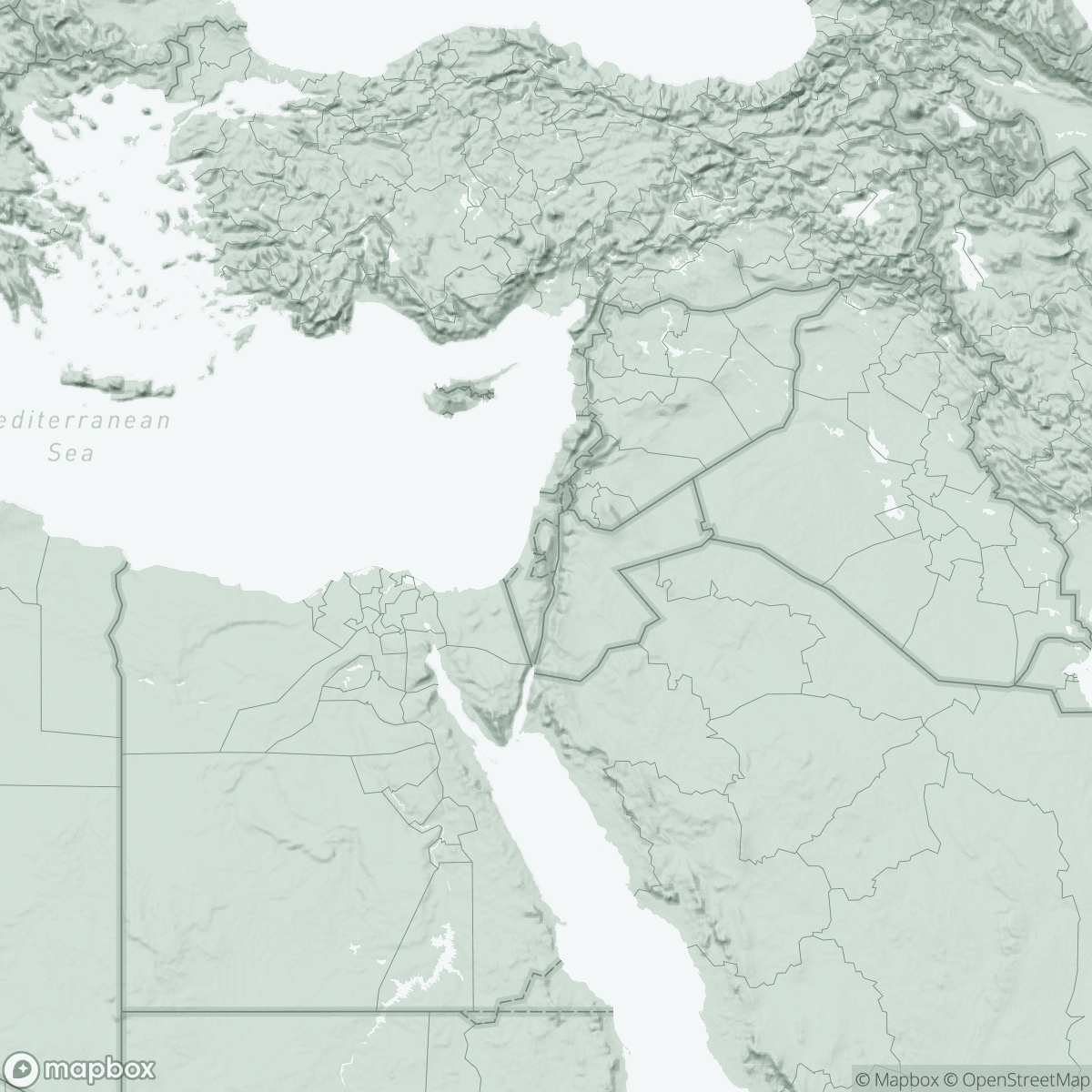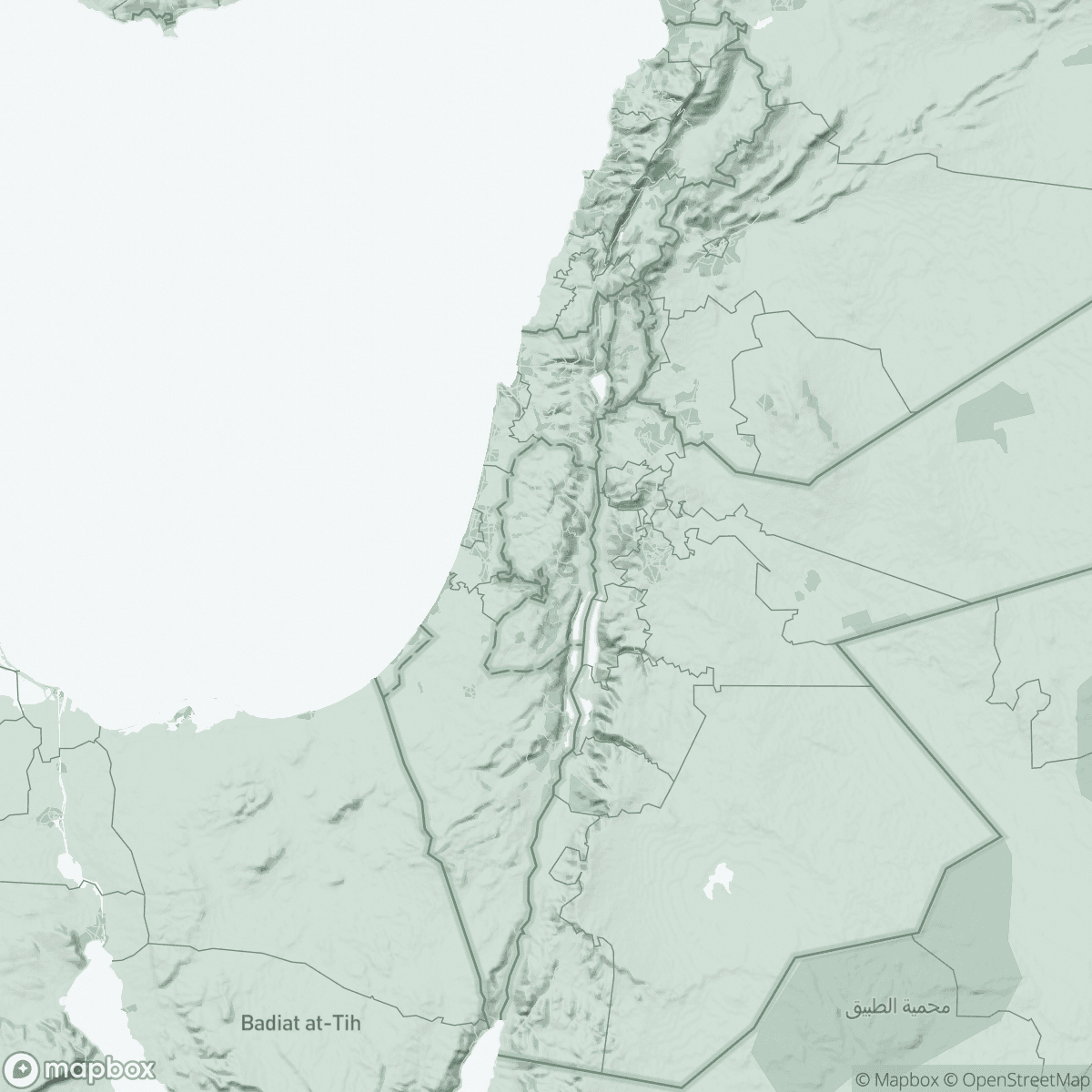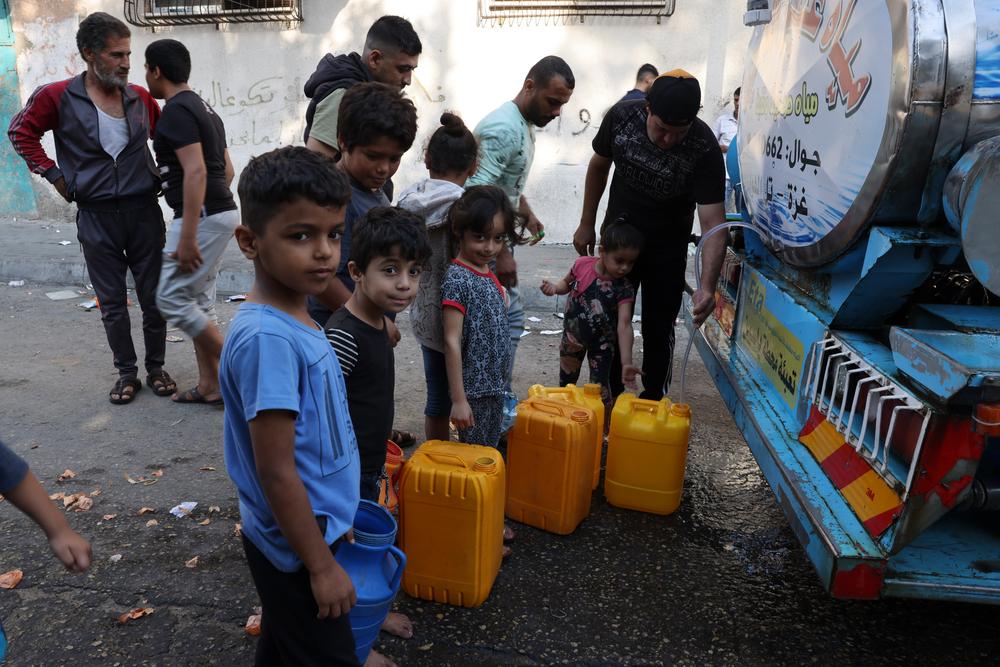
GAZA: “THE WOUNDED ARE IN DANGER OF DYING IN THE NEXT FEW HOURS”
In 1 click, help us spread this information :
What is the situation in Gaza’s hospitals?
Since the evacuation order issued by the Israeli authorities, forcing more than a million inhabitants to scramble to the south of the Gaza Strip, people have been forced to make extremely difficult choices between staying and leaving. For health workers, this meant the choice between abandoning their patients to an almost certain death or staying and risking their own lives.
Some stayed and continued to work despite the risks. We are in touch with some of our colleagues who are supporting the Ministry of Health teams, particularly in Al-Shifa hospital in Gaza City, where MSF had provided care for burn victims for years. Today, medical staff suffer the same fate as the rest of Gazans: they have been constantly bombed for the past 10 days. Our colleagues tell us that many doctors and other health workers have died since the start of the Israeli offensive.
They report that between 800 and 1,000 people are injured every day in the Gaza Strip, but this figure only includes those who manage to get to a hospital. Since access to health facilities is extremely dangerous and complicated by the shortage of petrol, only the most severe patients seek hospital care. Since the start of the conflict, more than 9,700 people have been injured.
I believe that these people are in serious danger of dying in the next few hours because it’s becoming impossible to get medical attention.
Is the health system still functional in Gaza?
We are already witnessing the collapse of patient care. The medical staff can no longer treat people or admit new patients properly. Everything is being done in extremely poor conditions, with a shortage of staff, drugs and medical equipment. There are constant flows of patients and seriously injured people, with complex trauma wounds, burns, fractures and crushed limbs.
Al-Shifa hospital, the main hospital in Gaza, now hosts thousands of people who went there looking to be protected from the constant bombing. While Gaza is in the darkness, Al-Shifa is one of the few places that still has electricity, though the fuel will only last another 24 hours at most.
In short, without electricity, many patients will die – especially those in intensive care, neonatology and on respiratory support machines.
Patients with chronic illnesses, such as diabetes and cancer, and pregnant women are also at risk due to a general shortage of medicines.
What do we know about the living conditions of displaced people in the south?
It has come to the point where water is our main priority.
Today, 60 per cent of the people in Gaza, more than one million people, are estimated to live outside without access to water and healthcare.
No basic healthcare is available because the clinics are closed, and hygiene conditions are very poor. In addition to those with severe injuries, we risk seeing a wave of illnesses linked to poor living conditions: illnesses like diarrhoea, respiratory and skin infections and dehydration can develop rapidly, and seriously endanger the most vulnerable, including women and children. Half the people in Gaza are under the age of 18. Yet there is no health system left to care for them.
What do you see as the priorities for medical support?
It is vital to get the hospitals back up and running. To do that, regular ceasefires must be guaranteed for medicines and fuel to be brought in on a massive scale. If we run out of anaesthetic drugs, surgeons will be forced to stop operations.
Immediate humanitarian support is needed for the one million displaced people. They need access to water and sanitation, as well as basic healthcare, before their health deteriorates dramatically.


